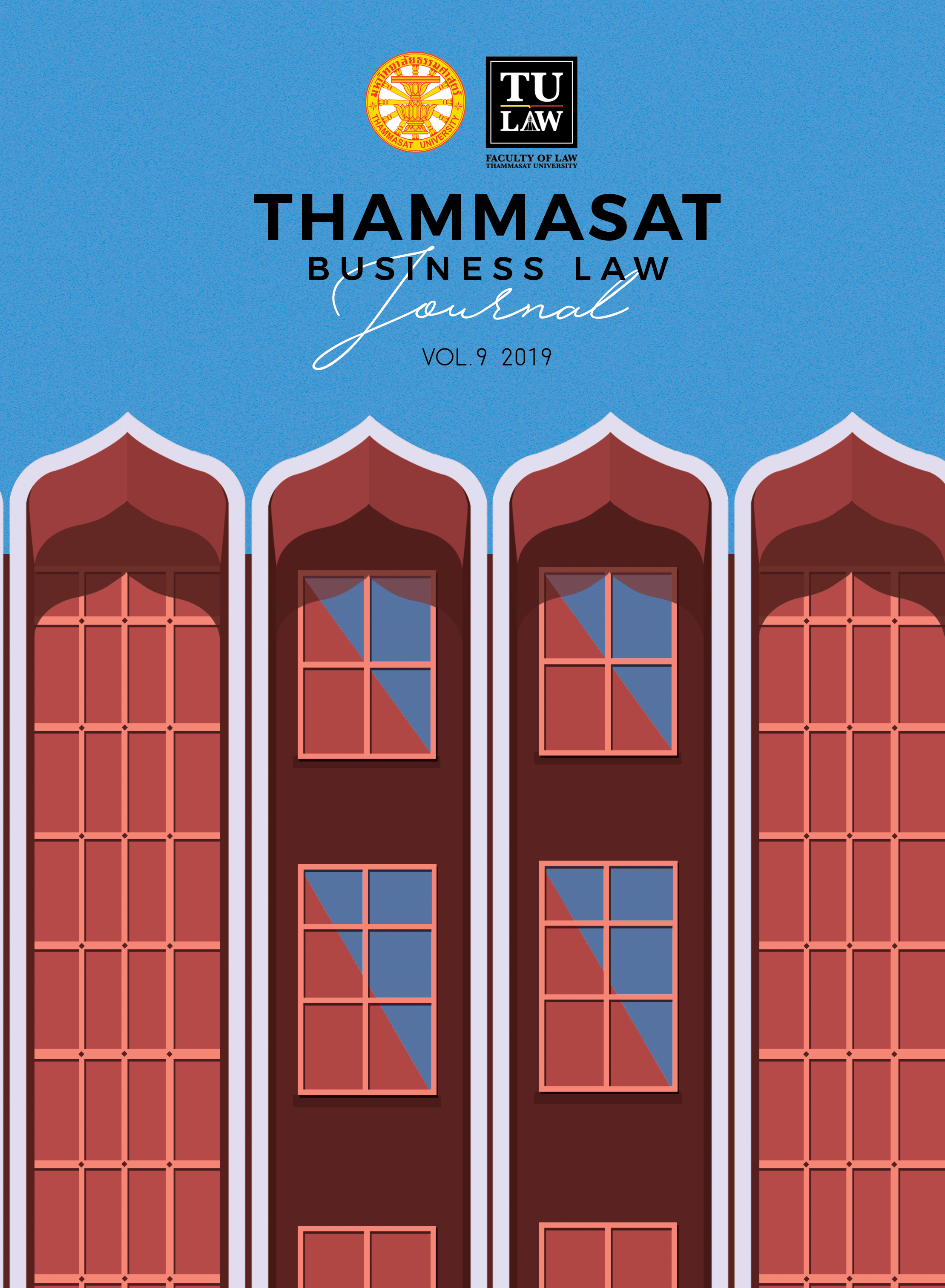A Comparative Study of the Precautionary Principle in Food Safety Laws and Regulations in the United States of America and the European Union
Main Article Content
Abstract
The precautionary principle emerged as a tool in food safety risk regulation to help risk manager in making decisions regarding scientific uncertainty. However, the flexibility of the principle leads to different applications of the principle in different jurisdictions.
This overview of the application of the precautionary principle in international trade law, the European Union and the United States laws and regulations in the area of food safety have found that the approaches toward the precautionary principle in the field of food safety are different in the European Union and the United States both in the laws and legislations, and the implementation of the competent authorities. There are several factors influential to the different approaches as the law and safety are the concept reflecting each society. The main factors of the differences are the differences in public perception, legislative tradition and institutional structures. It is suggested that the US-EU divergent approaches on the application of the precautionary principle in food safety regulation can be viewed as a lesson for a national application of the precautionary principle in food safety that would have to take these factors into consideration of balancing different values of the society.


